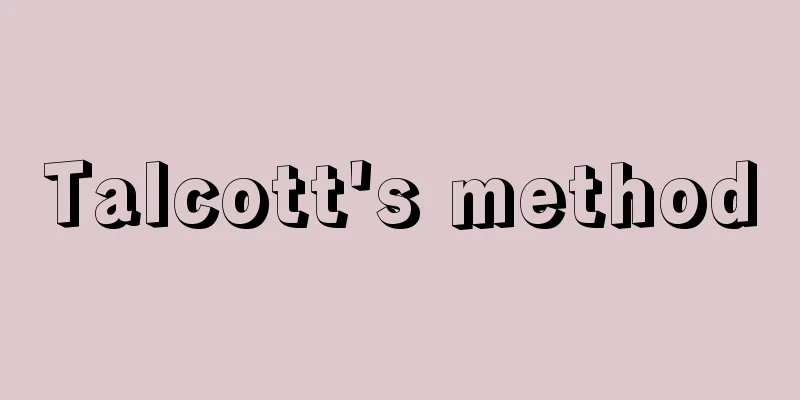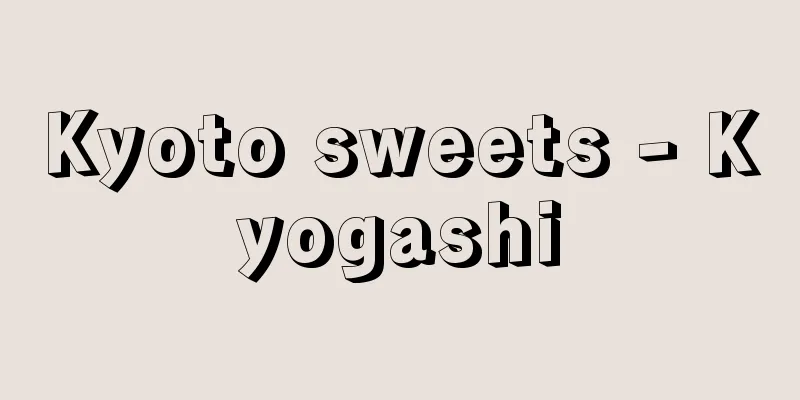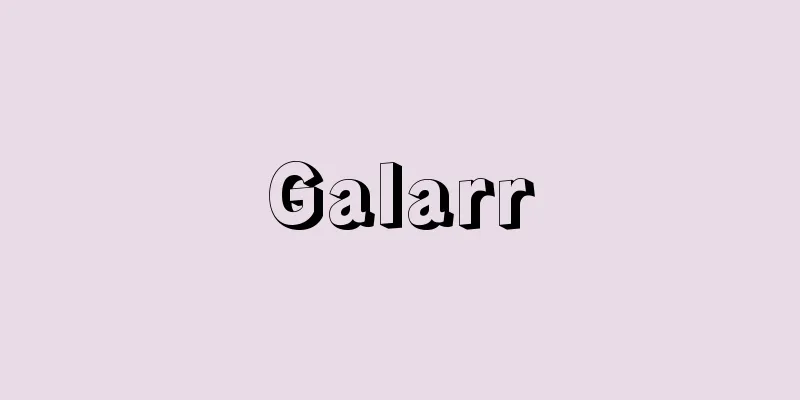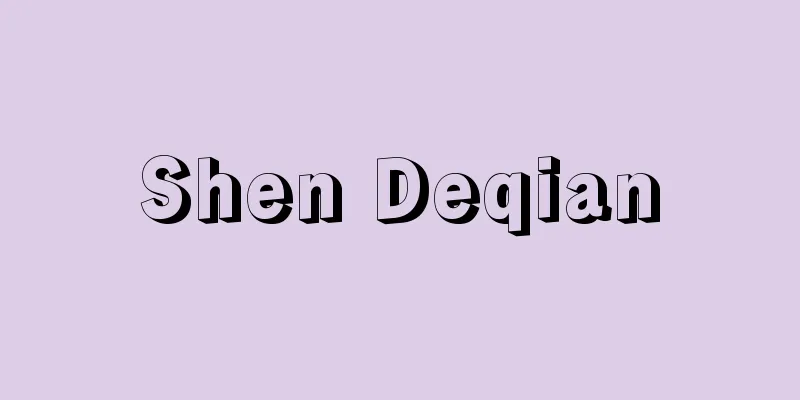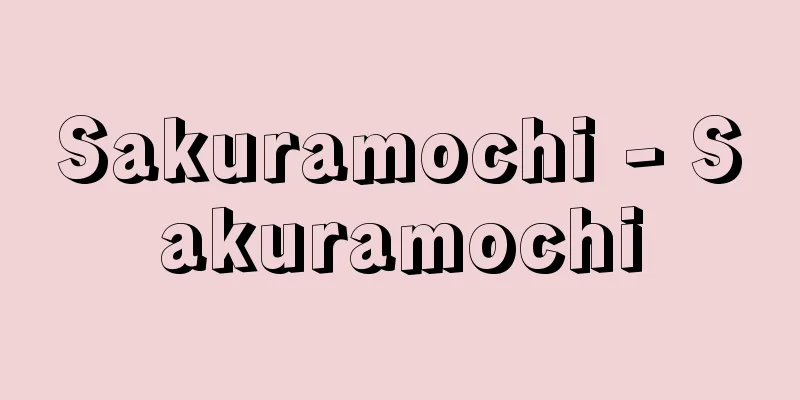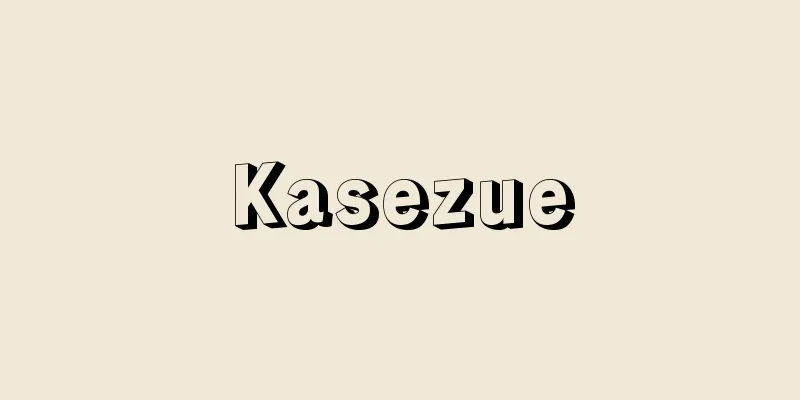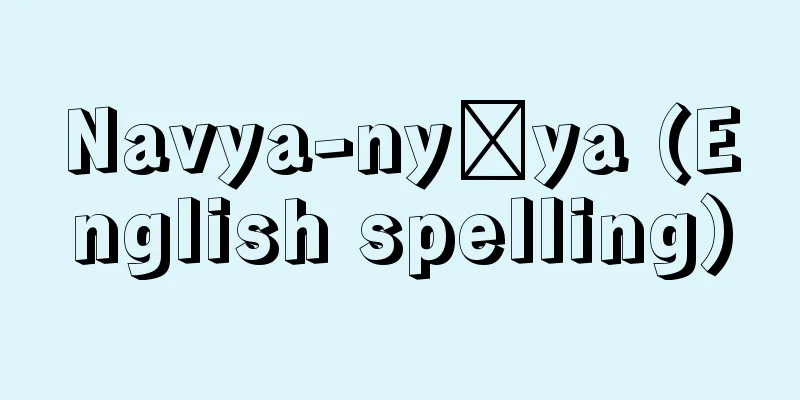Permissible Concentration - Kyoyou no Udo

|
This is an occupational hygiene index concentration that indicates that the concentration of harmful gases, mists, steam, fumes, dust, etc. in the work environment should be controlled below a certain standard so as not to adversely affect the health and work of workers. The Japan Society for Occupational Health has recommended permissible concentrations for over 150 harmful substances, and in the preamble it states, "The permissible concentration here is the concentration at which almost all workers will not be adversely affected if they are exposed to the harmful substance every day, as long as the concentration in the air of the harmful substance is below this value," and it is defined as "the average concentration for the actual working hours of a day when the worker is engaged in normal working hours and not physically strenuous work." Therefore, separate consideration must be given to the case of intense physical labor. In addition, if new knowledge is obtained about the toxicity of the substance, the permissible concentration may be reconsidered. The ultimate goal of utilizing the permissible concentration is to maintain and improve the health of workers, but there are individual differences in tolerance to harmful substances, and even within the same individual, tolerance can change depending on fatigue and other health conditions. Therefore, we should not have excessive expectations that the permissible concentration will be a value that will guarantee 100% safety for all workers if the concentration in the work environment is suppressed below that value. A similar concept to the permissible concentration is the suppressive concentration. In workplaces where harmful substances are released, it is required to install local exhaust ventilation systems at the source. In order to determine the performance of this system, a standard is set for the concentration of harmful substances outside the hood (the cover of the system), which is called the "suppressive concentration," and this concentration must not be exceeded as a legal regulation. The numerical value used is the permissible concentration, so the two are easily confused. [Sadayoshi Shigeta] Source: Shogakukan Encyclopedia Nipponica About Encyclopedia Nipponica Information | Legend |
|
作業環境中の有害なガス、ミスト(霧状のほこり)、蒸気、フューム(煙霧)、粉塵(ふんじん)などの濃度が、労働者の健康ならびに作業に悪影響を及ぼさないように、一定基準以下に管理すべきであるという労働衛生学的な指標濃度のことをいう。日本産業衛生学会では150以上の有害物質について許容濃度の勧告を行っているが、その前文に、「ここにいう許容濃度とは、労働者が有害物質に連日曝露(ばくろ)される場合に、当該有害物の空気中濃度がこの数値以下であれば、ほとんどすべての労働者に悪影響がみられぬ濃度である」とし、また、「通常の労働時間で、肉体的に激しくない労働に従事する場合の1日の実労働時間についての平均濃度である」と定義している。したがって、強度の筋肉労働の場合は別に配慮しなければならない。また、当該物質の毒性について新たな知見が得られた場合、その許容濃度は再検討されうる。許容濃度を活用する最終目標は、作業者の健康の維持、向上にあるが、有害物質の耐性には個人差があり、さらに同一個人でも疲労その他、健康状態によって耐性に変化を生ずる。したがって、許容濃度を、「その値以下に作業環境濃度が抑制されるならば、すべての作業者に100%の安全を保証する値」と過大な期待をもつべきではない。 なお、許容濃度に類似の概念として抑制濃度がある。有害物質が発散する職場では、発生源に局所排気装置を設けることが定められている。この装置の性能を判定するために、フード(装置の覆い)外側の有害物質の濃度に基準を設けたものが「抑制濃度」であり、この濃度を超えてはならないという法的な規制基準となっている。その数値には許容濃度の値が採用されているため両者は混同されやすい。 [重田定義] 出典 小学館 日本大百科全書(ニッポニカ)日本大百科全書(ニッポニカ)について 情報 | 凡例 |
Recommend
Yin-Yang Theory
The basic concept of natural philosophy establishe...
Jeans, Sir James Hopwood
Born: September 11, 1877, London [Died] September ...
Balazsfalva (English spelling) Balazsfalva
…Population 23,000 (1983). Hungarian: Balázsfalva...
Trung Sisters - Hai ba Trung
The Trung Sisters. Vietnamese national heroes who ...
coumalin
…There are two structural isomers, α-pyrone and γ...
Abraham and Isaac
…After Schoenberg's death in 1951, he became ...
Rhizomys sumatrensis (English spelling) Rhizomyssumatrensis
… [form] Most of them are small, with a body leng...
Onomatopoeia - Onomatopoeia
Words used to describe states that are not directl...
Hunting
Generally, it means to capture wild birds and ani...
Kanaoka
The title of a kyogen piece. Female kyogen. A pie...
Sanctificatio
…According to Paul’s Epistle to the Romans, chapt...
Bird
A sticky rubber-like substance found mainly in the...
Immigrants
〘 noun 〙 A person who moves to a different place. ...
Esoteric Buddhist ritual implements
A general term for the implements used in esoteric...
Westcott, WW (English spelling) WestcottWW
...The goal of the group was to decipher the text...

